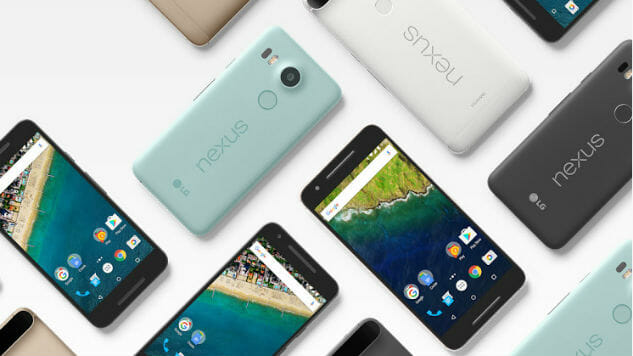
This week Google has commandeered all the headlines in the tech world with its announcement of not just two new smartphones, but also a whole bevy of other devices along with it. While there’s plenty of reasons to be excited for the new Pixel phone, Google is quietly killing the Nexus phone program.
The hardware in Nexus phones and tablets have always been based on a major manufacturer’s flagship device, which doesn’t make much sense under Google’s new unified Hardware Division. Adapting third party manufacturer hardware to create a reference spec may return someday, but it will probably not be given the Nexus name. All those moments will be lost in time, like tears in rain.
The truth is when you have as much money as Google, you can afford to bet on longshots. For every wildly successful product like Gmail, there’s a Buzz or Wave. In some ways, there’s something refreshing about Google’s willingness to invest in ideas and give them up when they actually don’t make sense anymore. What happened to Google’s longshot hardware ideas? We take a look through the hardware and concepts that Google has abandoned over the years.
1. Nexus Q

The Nexus Q was announced at the Google I/O Developers Conference in 2012. It impressed many with a wealth of input formats, high-quality audio output, and network connectivity.
Some were given away at first, but for $299 customers expected more when compared to the $99 Apple TV. It was discontinued before launching and the niche was filled a year later by the more capable Chromecast at nearly one-tenth the price.
2. Nexus Player
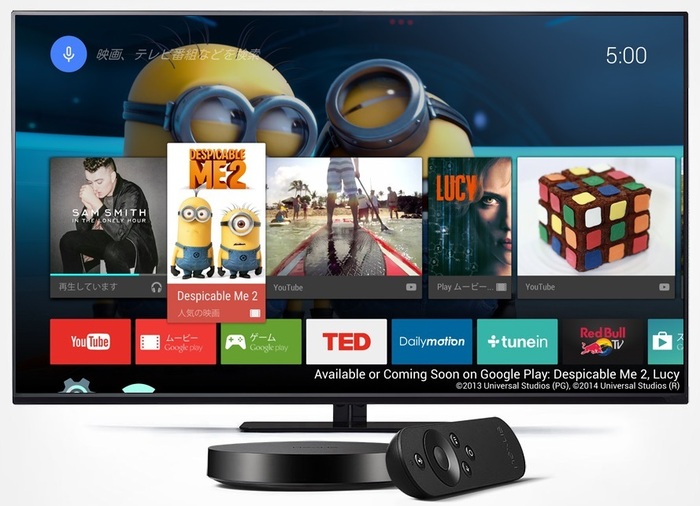
Google TV was built upon Android 3.2 Honeycomb, but never caught on. When they relaunched the effort as Android TV built on 6.0 Marshmallow, Google released reference hardware in the Nexus Player to promote the experience. At only $99, Google was now in direct competition with the Apple TV.
It featured voice search and a more open architecture for app development. Less than two years later Google discontinued it and underwhelming sales may have been to blame.
3. Low Cost Tablets
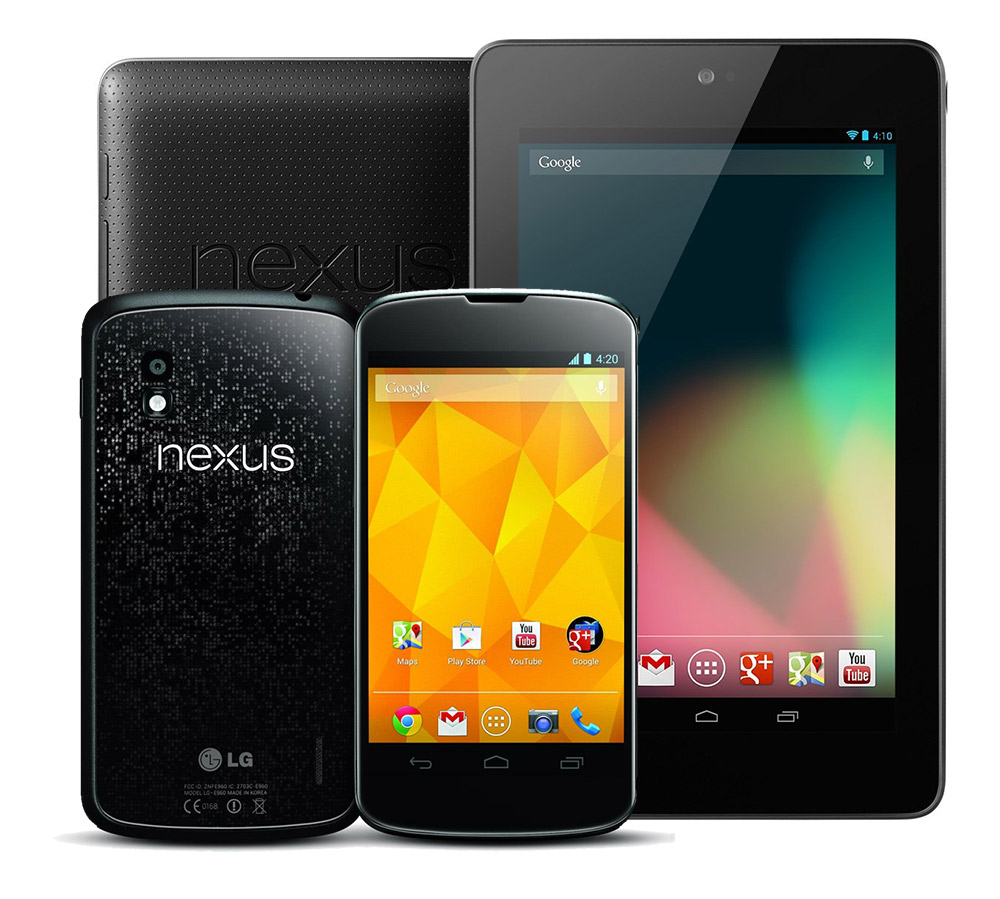
Google released announced the Nexus 7 tablet for only $199 packaged with free content and a $25 credit on the Google Play store. They followed it up with the Nexus 4, a phone which matched flagship specs but cost as little as $299. Both devices were less than half that of flagship devices from Apple or the other Android manufacturers.
While we did eventually get the Nexus 5, we never got our update to the Nexus 7. There was a hardware update to the Nexus 7 but third party suppliers didn’t like Google undercutting them.
4. Play Edition Phones
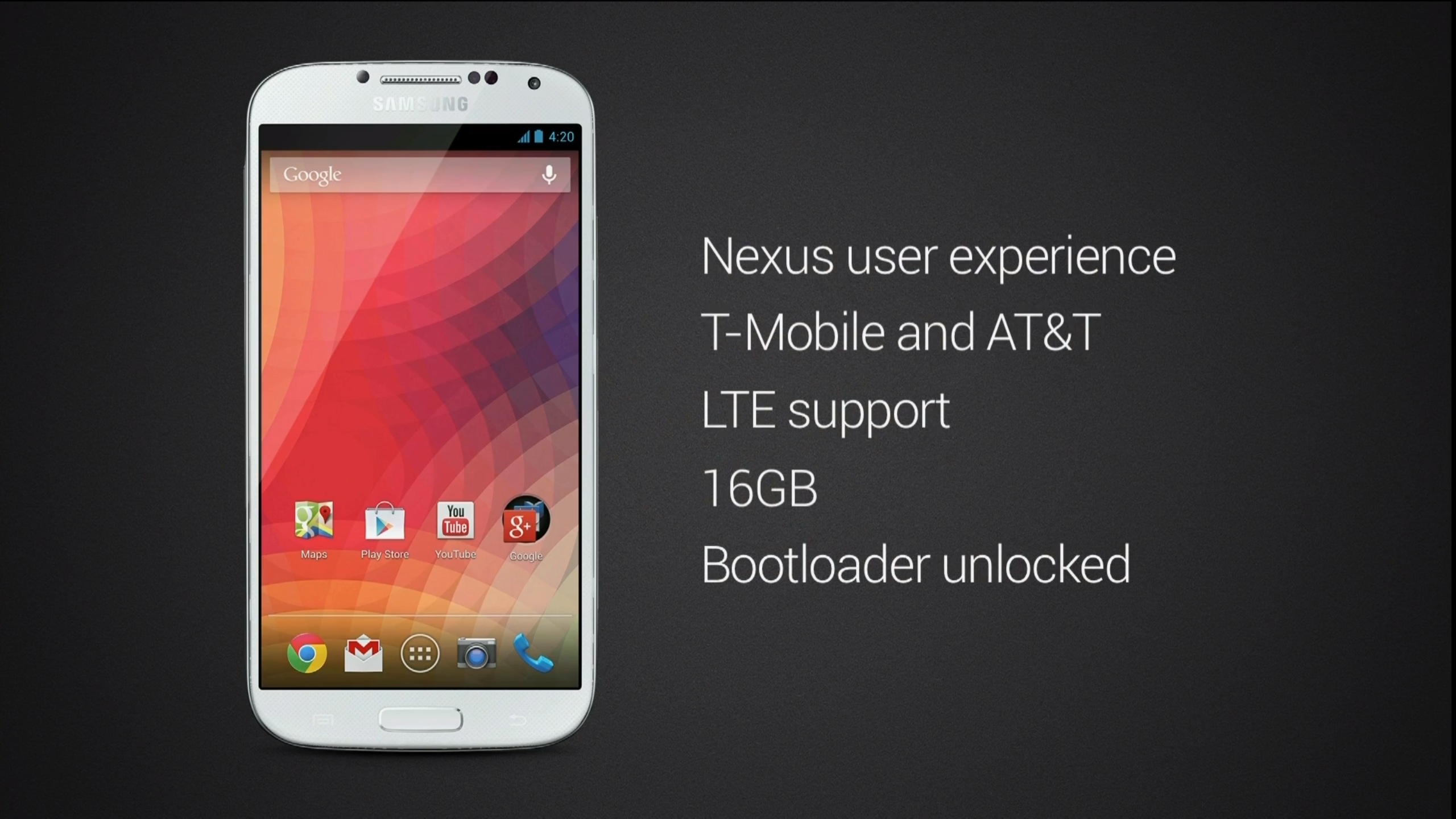
Back in 2013, Android had a serious fragmentation problem. Every major manufacturer had their own custom tweaks to the OS making an inconsistent experience for both users and developers. Along comes the Play Edition series. Google took the flagship smartphones from Samsung, HTC, Sony and Motorola (and a tablet from LG) and built the same basic Android experience on each that you get from the Nexus devices.
They still were sold at premium prices so sales paled in comparison to the Nexus 4. Interest by the manufacturers quickly waned and the program was cut the next year.
5. Google Wallet Card

Many Android smartphones have NFC chips for secure purchases, but they are by no means in all of them. When Google Wallet was launched in 2011 they also released a debit card letting you access your account wherever you could use plastic. Google eliminated support for the debit card in July of this year to focus on their rising competition, namely Apple Pay.
6. Google Search Appliance
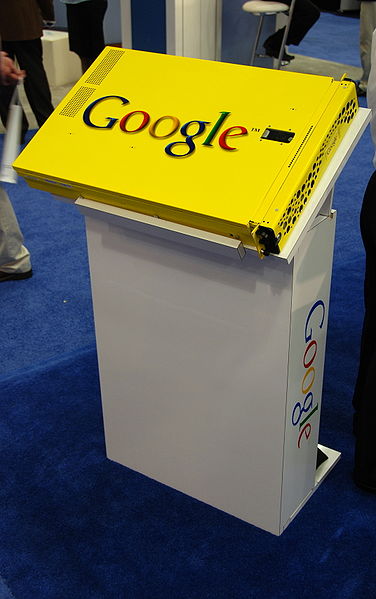
Put the power of Google on your internal corporate network. Just one box can give you Google-like access to up to 30 million documents. Including features we love like autocomplete and user profiles, and a catalog of up to 20 languages and hundreds of file formats. Support is destined to end by 2018 with no new hardware planned.
Instead, Google is pushing towards cloud-based search making many system administrators uneasy.
7. Google Glass

In what looked like an attempt to jump ahead several generations in personal computing, Google released a heads-up display that floats just in front of the user’s eyeball. Featuring a camera, microphone, and internet-connectivity, it was the general public’s worst privacy nightmare.
The conspicuous design of the headware meant “Glassholes” could be easily spotted. It became clear the world wasn’t ready for Glass, but the project earned Google a wealth of patents. It still exists as a B2B solution, but is no longer available in the public marketplace.
8. Project Ara

An ambitious project was intended as part of Google’s effort to get low-cost phones into developing markets. The plan was to sell a framework where cell phone components like processor, GPS, camera, screen and more could be swapped out. Each can be removed and upgraded without having to replace the whole phone.
By the start of 2016 the project was modified to force certain core components into the non-upgradable framework. By September of the same year the project was shelved altogether.
9. Google Talking Shoes
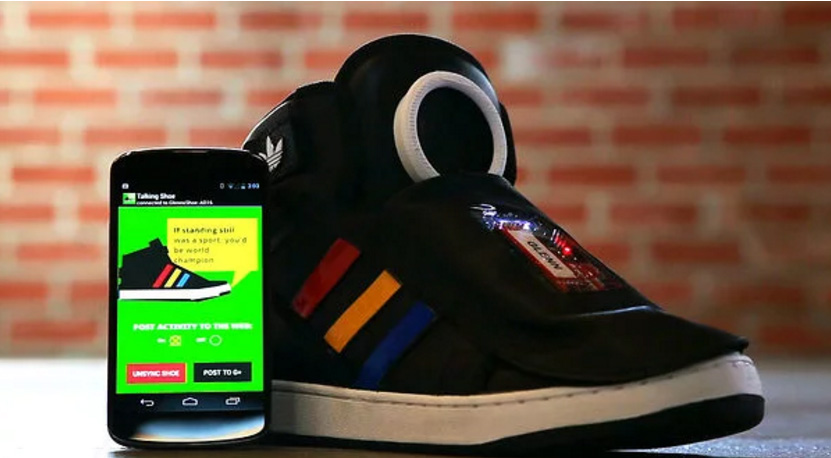
Technically more of an experiment than a product destined for market. Google played with interactive designers YesYesNo to give shoes motion sensors, internet-connectivity, and… a personality? The idea was to show what’s possible by giving technology some character. How would we interact differently if we felt judged by our footwear? Like a concept car, the technology may someday become a part of our lives but this shoe won’t be in stores any time soon.